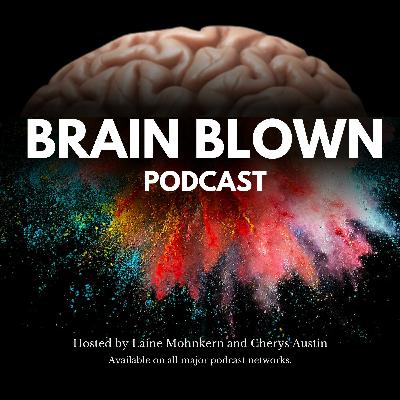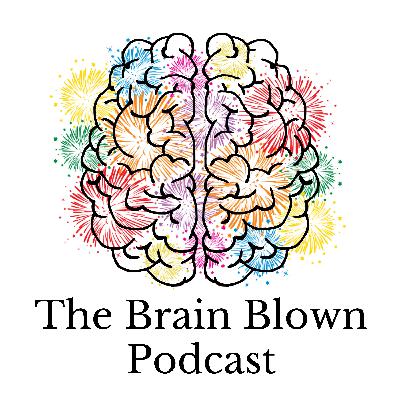Neuroscience of Racism
Description
In our fifth episode of the Brain Blown Podcast, we introduce you to our most requested topic of the season: the neuroscience of racism.
From the kitchen table to the senate floor, racism is being talked about constantly. So where does racism come from? And why do these racist acts of violence happen - and continue to happen - so frequently?
In this episode we'll review questions like:
- What is racism?
- What is racism from a neurological level?
- What's going on in our brains that causes us to feel and act differently around people of a different race?
- And what can we do to change that?
Laine shares the facts from scientists like Robert Sapolsky, Bruce Perry, Manie Bosman, JT Kobuta, Elizabeth Phelps, and Andreas Ollson from NYU who've done extensive research, as well as findings from implicit bias tests and futsal form recognition tests. (See our resource list below for direct links.)
**At the end of the episode, we've added a special interview with friend Kiara Lewis who discusses more from the book My Grandmother's Hands by Resmaa Menakem.
Time Stamps:
- 1:25 - Intro
- 9:25 - Why are we talking about this?
- 10:55 - What is it: what does racism look like in our brains?
- 14:39 - Conditioned vs. ideological racism and the implicit bias test
- 22:34 - What is our fusiform and how is it involved? (Or not involved?)
- 26:51 - How these held racial tendencies in our brains have deadly consequences
- 30:05 - Why it happens; the importance of P-200 and N-200 waveforms and making rational decisions
- 33:44 - Our brain on shortcuts
- 36:19 - Why should we care? What do we all have in common, and how is it impacting all of us?
- 45:15 - What do we do about it?
- 50:51 - Awareness matters - your beliefs and values don’t always drive your behavior
- 53:23 - How "us vs. them" changes constantly
- 56:25 - Interview with Kiara
Resources
Books:
My Grandmother's Hands by Resmaa Menakem
What Happened To You by Bruce Perry and Oprah Winfrey
Articles:
- JT Kobuta: “The Neuroscience of Race”
- N Kanwisher, G Yove: “The fusiform face area”
- AJ Golby, JDE Gabrieli: “Differential responses in the fusiform region to same-race and other-race faces“
- K Shutts, KD Kinzler: “An Ambiguous-Race Illusion in Children's Face Memory”
- A Avenantie: “racial bias reduces empathic sensorimotor resonance with other-race pain”
- J Correll: “Event-related potentials and the decision to shoot”
- J Eberhartd: “Seeing Black”








